This past winter, and what we have seen of spring so far has been a roller coaster. Not so cold, very hot, freezing cold again-up and down. The 2012 season so far-dicey for planting outdoors. The below 30 degree weather-just too cold. But at last we are planting spring containers-how I love to have my hands in the dirt again. This oval painted tin tub planted with scabiosa, pansies and violas is fresh, and represents the new season in a cheery way.
But not everything in the spring garden needs to be new. I have clients that plant their containers all of the four seasons. Before you decide that such a schedule is too much work, consdier repurposing elements from one season to the next. These cream bleached twigs and whitewashed eucalyptus winter arrangements went from the front door boxes to the back yard boxes-given spring. The blooming of the Bradford pears makes all that winter white look unexpectedly fresh.
The winter evergreens around these centerpieces were removed. The yellow twig dogwood, bahia stems, and lavender eucalyptus-still beautiful even after 6 months of winter. The centerpieces transition gracefully into spring. All that is new in these pots are some pansies and violas. Granted our winter this year was a no show, and that may account somewhat for their longevity. Some gardeners have objections to anything in a container that is not a live plant, but I am more interested in persuading people to try gardening, and helping them succeed-so they keep gardening. 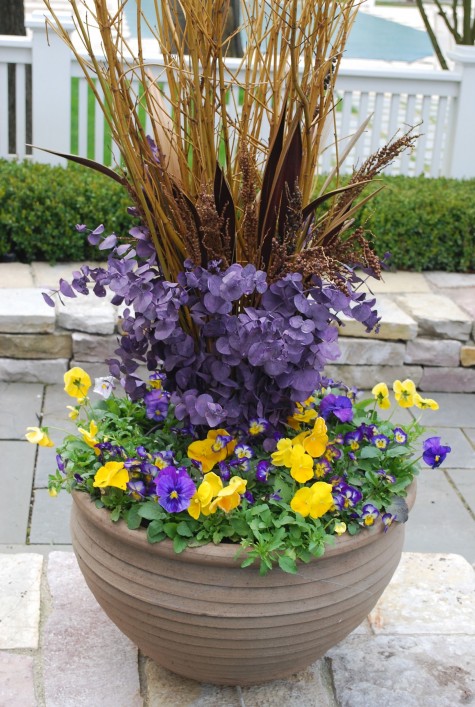
Preserved natural materials are incredibly durable. They can be taken apart, and reconfigured. I have had centerpieces like this last several seasons. A change of venue, or a new element is often enough to make what was an old idea look new. I thought about removing the bahia stems, but in this case I like the brown. The color seems fine, and provides another layer of interest. Pansies and violas have trouble carrying a container arrangement in a striking way. They need some element that is large enough to provide them some visual context.
A wood crate planted with chard, lettuce, and orange pansies-what gardener wouldn’t fall for this? Beautiful plantings come just as easily to a repurposed container as a fancy urn. If there is a plan to use a wood crate on a regular basis, painting the inside with a glossy exterior grade paint will improve its longevity. Galvanized pails, tin cans with great labels and potato chip tins-they can make for charming container plantings.
Dry or bleached twigs know no particular season. Paired with pansies and variegated ivy, they look spring like. A stick stack such as this could stay in a container all year round-the look changes considerably given the nature of the supporting cast. Tired of the color? Repaint them, or stain them.
Cold tolerant early season plants include the pansies and violas, lettuce, angelina, rosemary, sweet peas, osteospermum, dwarf grasses, annual phlox, herbs such as thyme and mint, ornamental cabbages and kales, petunias and million bells-the choices are many. But most of them have a very small scale. These fresh cut hornbeam twigs add a little interest from the start, and will make this doorway look even more inviting as the pansies grow in.
We preserved and repurposed the winter centerpieces for these pots outside a restaurant. Lime sedum and coral bells-we planted lots of them. Perennials are great in spring containers. Columbines, Jacob’s ladder, dianthus, and hosta are among my favorites. Spring flowering vines look great even when they have finished flowering. Who doesn’t have a spot for a 1st year clematis in the garden, after a spring container planting fades?
The Creme Brulee coral bells add some heat in the way of orange, and some contrast to the cool colored violas. The lavender colored eucalyptus was startling in these pots over the winter, and perfectly appropriate to the spring planting. In commercial settings, I like to see strong color. It does a great job of saying hello and welcome.
The chartreuse Italian cypress, or lemon cypress, is not hardy in my zone, but they are fairly obliging and easy to winter over. A shrub this size will be 4 feet tall or better in just a few years-in which case it will make a beautiful centerpiece in a big pot of spring flowers.
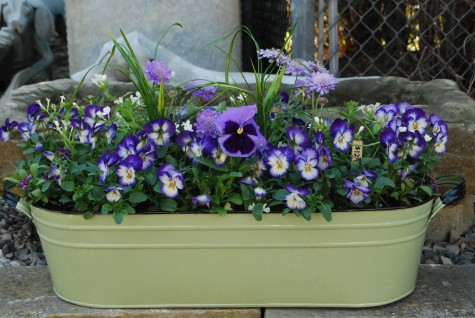
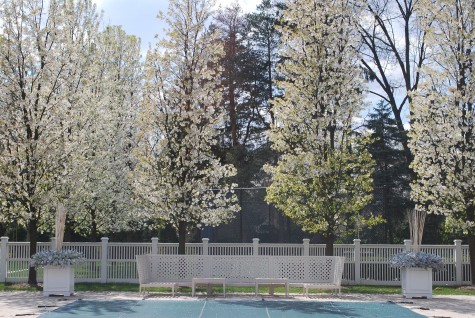
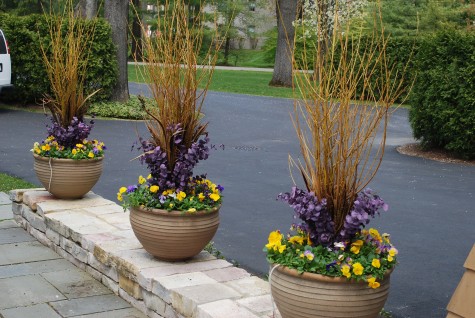
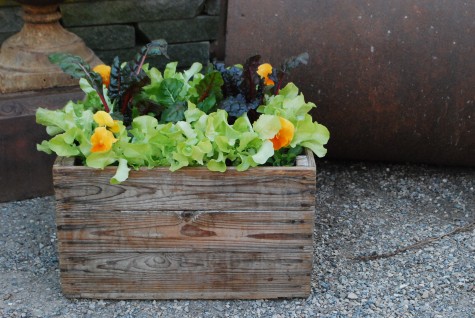
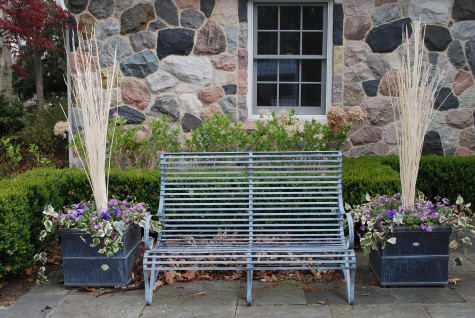
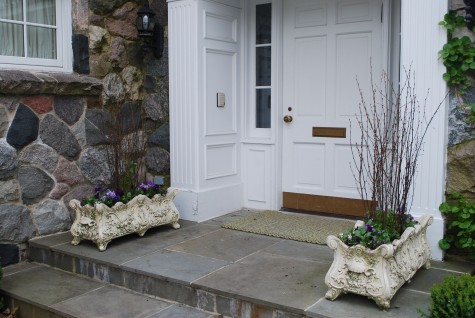
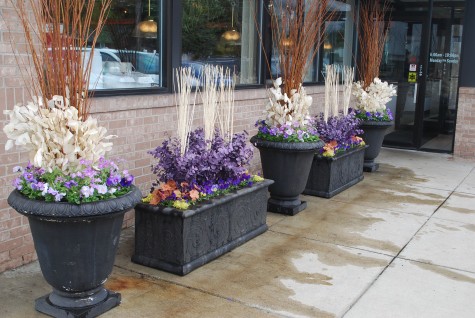
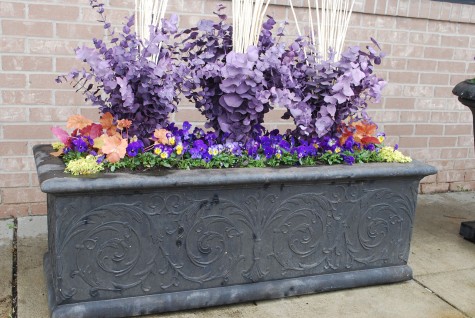
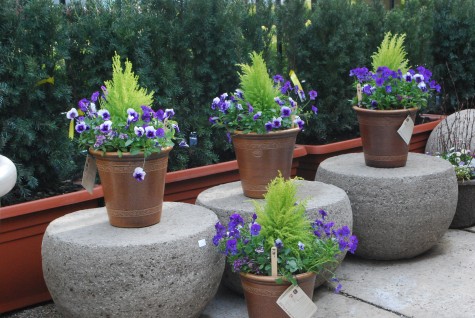
Leave a Comment